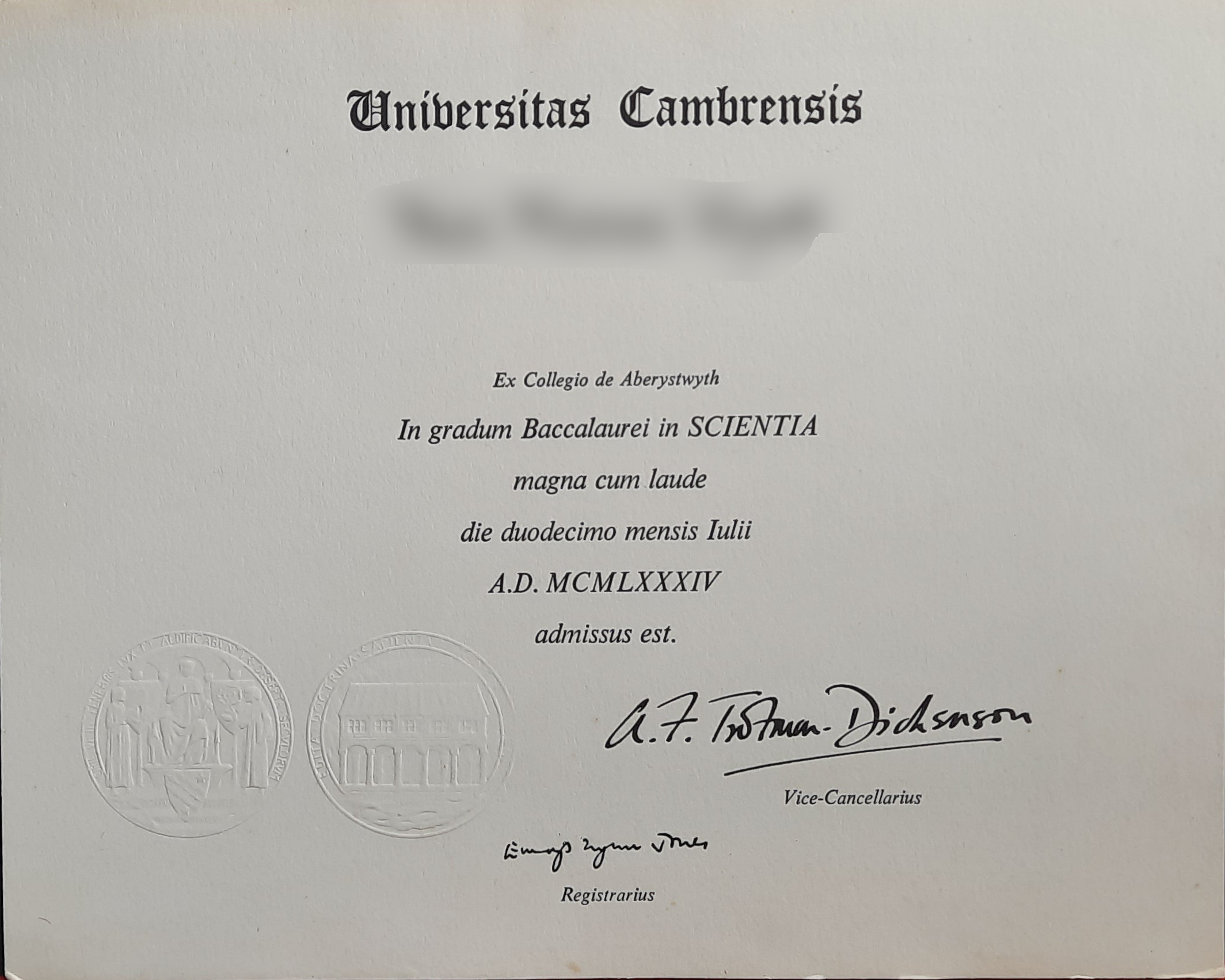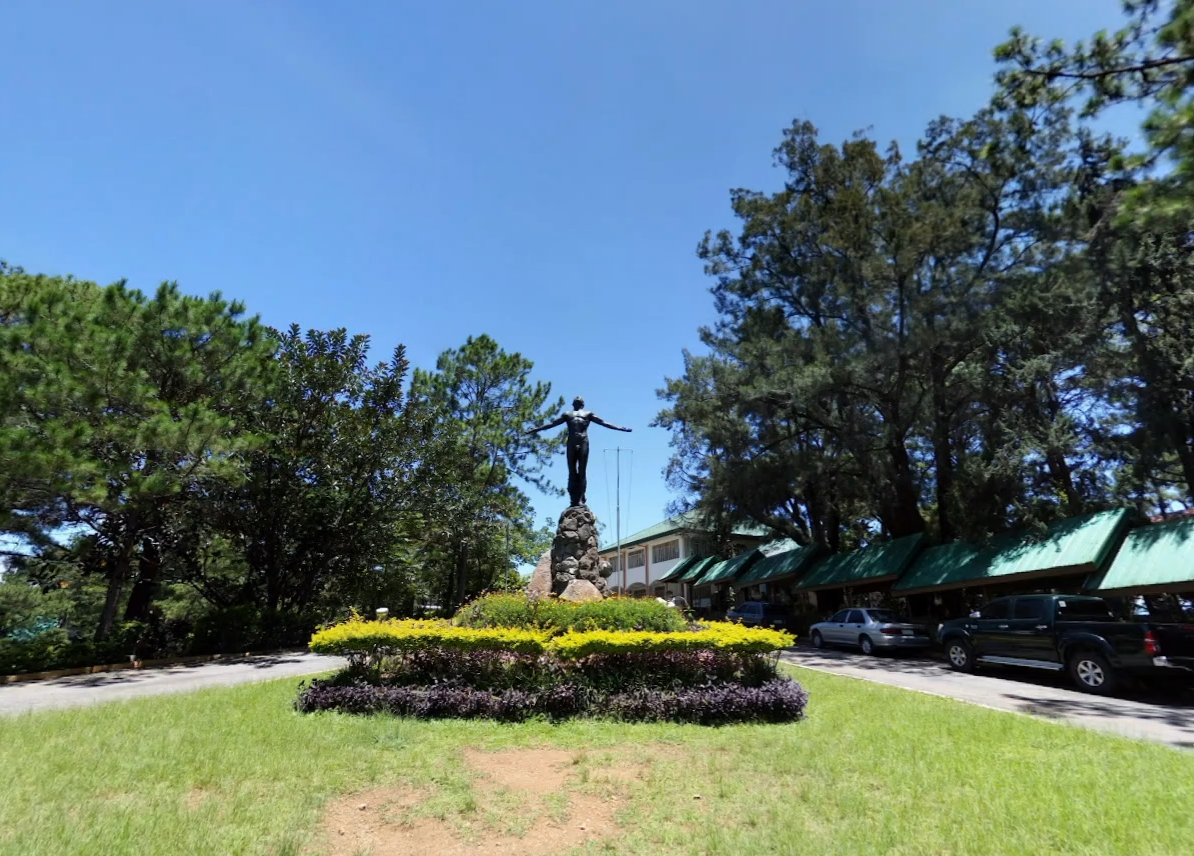|
Rene Saguisag
Renito Augusto Verceluz Saguisag (, born August 14, 1939 in Mauban, Quezon, Philippines) is a Filipino lawyer and politician. He served as a Filipino Senator from 1987 until 1992. Early life Rene A.V. Saguisag was born on August 14, 1939 in Mauban, Quezon, Philippines to Antonio Lozada Saguisag Sr., an engineering graduate from the National University and Eusebia Nivadura, whom Rene described as a Spanish-looking mestiza housewife. The couple had seven children including one daughter. They were Antonio, Renito or Rene who was second, Leonidas or ''Idas'', Precioso who was named after Precioso Palma, Lourdes who was the only daughter, Rogelio or Roger, and Romy who was born in Pasig, finished at the University of the Philippines in Chemistry, but due to a congenital defect passed away in 2010. Saguisag is also the nephew of Sen. Jovito R. Salonga, specifically Salonga is the second cousin once removed of Saguisag, as Saguisag's paternal grandmother Talia Saguisag is the first ... [...More Info...] [...Related Items...] OR: [Wikipedia] [Google] [Baidu] |
The Honorable
''The Honourable'' (British English) or ''The Honorable'' (American English; see spelling differences) (abbreviation: ''Hon.'', ''Hon'ble'', or variations) is an honorific style that is used as a prefix before the names or titles of certain people, usually with official governmental or diplomatic positions. Use by governments International diplomacy In international diplomatic relations, representatives of foreign states are often styled as ''The Honourable''. Deputy chiefs of mission, , consuls-general and consuls are always given the style. All heads of consular posts, whether they are honorary or career postholders, are accorded the style according to the State Department of the United States. However, the style ''Excellency'' instead of ''The Honourable'' is used for ambassadors and high commissioners. Africa The Congo In the Democratic Republic of the Congo, the prefix 'Honourable' or 'Hon.' is used for members of both chambers of the Parliament of the Democratic Repu ... [...More Info...] [...Related Items...] OR: [Wikipedia] [Google] [Baidu] |
Lawyer
A lawyer is a person who practices law. The role of a lawyer varies greatly across different legal jurisdictions. A lawyer can be classified as an advocate, attorney, barrister, canon lawyer, civil law notary, counsel, counselor, solicitor, legal executive, or public servant — with each role having different functions and privileges. Working as a lawyer generally involves the practical application of abstract legal theories and knowledge to solve specific problems. Some lawyers also work primarily in advancing the interests of the law and legal profession. Terminology Different legal jurisdictions have different requirements in the determination of who is recognized as being a lawyer. As a result, the meaning of the term "lawyer" may vary from place to place. Some jurisdictions have two types of lawyers, barrister and solicitors, while others fuse the two. A barrister (also known as an advocate or counselor in some jurisdictions) is a lawyer who typically specia ... [...More Info...] [...Related Items...] OR: [Wikipedia] [Google] [Baidu] |
Bachelor Of Laws
Bachelor of Laws ( la, Legum Baccalaureus; LL.B.) is an undergraduate law degree in the United Kingdom and most common law jurisdictions. Bachelor of Laws is also the name of the law degree awarded by universities in the People's Republic of China, Hong Kong S.A.R., Macau S.A.R., Malaysia, Bangladesh, India, Japan, Pakistan, Kenya, Ghana, Nigeria, South Africa, Botswana, Israel, Brazil, Tanzania, Zambia, and many other jurisdictions. In the United States, the Bachelor of Laws was also the primary law degree historically, but was phased out in favour of the Juris Doctor degree in the 1960s. Canadian practice followed suit in the first decade of the 21st century, phasing out the Bachelor of Laws for the Juris Doctor. History of academic degrees The first academic degrees were all law degrees in medieval universities, and the first law degrees were doctorates. The foundations of the first universities were the glossators of the 11th century, which were also schools of law. The ... [...More Info...] [...Related Items...] OR: [Wikipedia] [Google] [Baidu] |
Cum Laude
Latin honors are a system of Latin phrases used in some colleges and universities to indicate the level of distinction with which an academic degree has been earned. The system is primarily used in the United States. It is also used in some Southeastern Asian countries with European colonial history, such as Indonesia and the Philippines, although sometimes translations of these phrases are used instead of the Latin originals. The honors distinction should not be confused with the honors degrees offered in some countries, or with honorary degrees. The system usually has three levels of honor: ''cum laude'', ''magna cum laude'', and ''summa cum laude''. Generally, a college or university's regulations set out definite criteria a student must meet to obtain a given honor. For example, the student might be required to achieve a specific grade point average, submit an honors thesis for evaluation, be part of an honors program, or graduate early. Each school sets its own standards. S ... [...More Info...] [...Related Items...] OR: [Wikipedia] [Google] [Baidu] |
San Beda College
es, Universidad de San Beda , image = San Beda University seal.svg , image_size = 150px , caption = University Seal , latin_name = Universitas Sancti Bedæ , former_names = , motto = ''Fides, Scientia, Virtus'' () , mottoeng = ''Faith, Knowledge, Virtue'' , type = Private university, Private Roman Catholic research non-profit coeducational basic and higher education institution , established = , founder = Fr. Juan Sabater, OSB , closed = , religious_affiliation = Roman Catholic Church, Roman Catholic (Benedictine) , academic_affiliations = Mendiola Consortium, Mendiola Schools Consortium ALNC Association of Southeast Asian Institutions of Higher Learning, ASAIHLASEACCU AUAP BENET CBCMMI CEAP FAAPICBEPhilippine Accrediting Association of Schools, Colleges and Universities, PAASCU SALT , fr ... [...More Info...] [...Related Items...] OR: [Wikipedia] [Google] [Baidu] |
K-12
K-1 is a professional kickboxing promotion established in 1993, well known worldwide mainly for its heavyweight division fights and Grand Prix tournaments. In January 2012, K-1 Global Holdings Limited, a company registered in Hong Kong, acquired the rights to K-1, and is the current organizer of K-1 events worldwide. Founded in 1993 by karateka Kazuyoshi Ishii, at its height in the late 90s and the 2000s under the ownership of the Fighting and Entertainment Group (FEG), K-1 was the largest and most prestigious "Kickboxing" organization in the world. With thousands of fighters and watched by millions of fans around the world. K-1 also promoted mixed martial arts events, with some events having both kickboxing and MMA matches on their cards (such as their K-1 Premium Dynamite!!, Dynamite!! series). However, since 2010 K-1 started to lose its status of top organization, as FEG started to have financial issues, not being able to organize big events or pay huge prize money, eventually ... [...More Info...] [...Related Items...] OR: [Wikipedia] [Google] [Baidu] |
Rizal High School
Rizal High School ( fil, Mataas na Paaralang Rizal) or commonly known as RHS an institution of secondary education based in Pasig, Metro Manila, Philippines, has been listed as the “largest secondary school in the world” since 1993 by the Guinness Book of World Records until 2005 when City Montessori School in Lucknow, India held the title of the world's biggest school, when it had 29,212 pupils, beating Rizal High School in Manila, Philippines, which had 19,738 pupils. The school was named after the Philippine national hero, Dr. Jose P. Rizal. Notable graduates of the institution include former Senate presidents Neptali Gonzales and Senator Jovito Salonga, former Senator Rene Saguisag, Maestro Lucio San Pedro Lucio Diestro San Pedro, Sr. (February 11, 1913 – March 31, 2002) was a Filipino composer and teacher who was proclaimed a National Artist of the Philippines for Music in 1991. Today, he is remembered for his contribution to the development o ..., and National Ar ... [...More Info...] [...Related Items...] OR: [Wikipedia] [Google] [Baidu] |
Pasig, Metro Manila
Pasig, officially the City of Pasig ( fil, Lungsod ng Pasig), is a 1st class highly urbanized city in the National Capital Region of the Philippines. According to the 2020 census, it has a population of 803,159 people. It is located along the eastern border of Metro Manila with Rizal province, the city shares its name with the Pasig River. A formerly rural settlement, Pasig is primarily residential and industrial, but has been becoming increasingly commercial in recent years, particularly after the construction of the Ortigas Center business district in its west. The city is home to the Roman Catholic Diocese of Pasig, based in Pasig Cathedral, a landmark built around the same time as the town's foundation in 1573. Pasig was formerly part of Rizal province before the formation of Metro Manila, the national capital region of the country. The seat of government of Rizal was hosted in Pasig at the old Rizal Provincial Capitol until a new capitol was opened in Antipolo, within Riz ... [...More Info...] [...Related Items...] OR: [Wikipedia] [Google] [Baidu] |
University Of The Philippines
The University of the Philippines (UP; fil, Pamantasan ng Pilipinas Unibersidad ng Pilipinas) is a state university system in the Philippines. It is the country's national university, as mandated by Republic Act No. 9500 (UP Charter of 2008), giving it institutional autonomy. Originally founded by the American colonial government on June 18, 1908, it was established through the ratification of Act No. 1870 of the 1st Philippine Legislature to serve as an "advanced instruction in literature, philosophy, the sciences and arts, and to give professional and technical training" to eligible students regardless of "age, sex, nationality, religious belief and political affiliation." The University of the Philippines system has 8 constituent universities (CUs): UP Diliman, which serves as the system's flagship university, UP Los Baños, UP Manila, UP Visayas, UP Open University, UP Mindanao, UP Baguio, and UP Cebu which are scattered across 17 campuses. Widely regarded and ... [...More Info...] [...Related Items...] OR: [Wikipedia] [Google] [Baidu] |
Precioso Palma
Precioso Palma was a distinguished novelist and playwright in the Philippines. He wrote the novel ''Ipaghiganti Mo Ako…!'' ("Avenge Me…!"). He authored the 1919 zarzuela entitled ''Paglipas ng Dilim ''Paglipas ng Dilim'' ("After the Darkness") is a 1920 zarzuela – a Spanish lyric-dramatic genre – written in the Tagalog-language by Filipino playwright and novelist Precioso Palma. A three-act play, the music for the original version of ' ...'' ("After the Darkness"). Filmography References {{DEFAULTSORT:Palma, Precioso Filipino novelists Filipino dramatists and playwrights ... [...More Info...] [...Related Items...] OR: [Wikipedia] [Google] [Baidu] |





